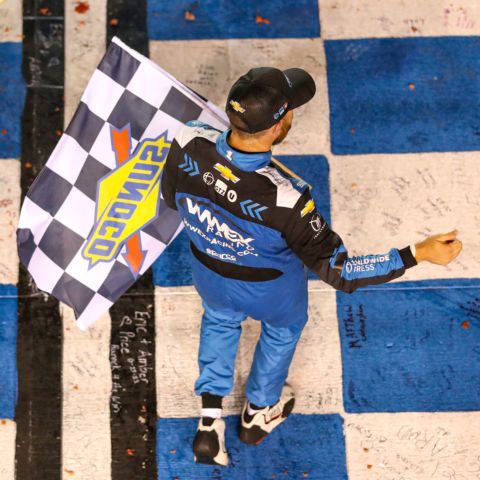So you're heading to Nashville Superspeedway and feeling the buzz, but maybe you’re not 100% sure what’s actually happening out on the track. Don’t worry, you’re not alone. NASCAR might seem fast and loud (because it is), but once you understand the basics, it becomes a whole lot more fun to follow.
Whether you're a first-timer or just need a refresher, here’s a quick guide to help you feel like a pro by the time they drop the green flag.
Let’s Talk Flags
NASCAR uses a flag system to communicate with drivers. Here are the ones you’ll see most often:
- Green Flag – Go time! This signals the start or restart of the race.
- Yellow Flag – Caution. Something happened on track (like a spin or debris), so drivers slow down and hold position.
- Red Flag – Stop. Usually waved for big wrecks or bad weather. Cars come to a full stop.
- White Flag – One lap to go! If you see this, the finish line is coming fast.
- Checkered Flag – The race is over. First one across the line wins.
- Black Flag – Uh-oh. If a driver gets this, they’ve done something wrong (like not maintaining speed or having a technical issue). They have to head to pit road.
- Blue Flag with Yellow Stripe – Heads up. This is shown to slower cars to let them know leaders are coming through.
Qualifying: Who Starts Where?
Before race day, drivers compete in a qualifying session to decide their starting position. In most cases, they each run a few solo laps at top speed. The fastest driver grabs the pole position, in other words the first spot. From there, the field lines up based on lap times. The goal? Start as close to the front as possible.
Pit Stops and Strategy
During the race, teams will bring their cars into pit road to refuel, change tires, and make adjustments. These pit stops can make or break a driver’s day. The fastest pit crews can gain valuable track position and avoid losing it.
Laps and Stages
Races are divided into stages, which break up the action and give drivers a chance to earn extra points throughout the day. The Cracker Barrel 400 has three stages. At the end of each, the top finishers score bonus points, and the field briefly regroups before going back at it.
Points and Playoffs
Throughout the season, drivers earn points based on where they finish and how many laps they lead. Win a race, and you’re basically locked into the playoffs. From there, it’s a multi-round battle to see who takes home the championship.
You Don’t Have to Know It All—But Now You Know the Basics
You don’t need to memorize stats or rulebooks to have a blast at the track. Just bring your excitement, cheer for your favorites (or pick one during the race), and enjoy the atmosphere. NASCAR’s got the speed, the strategy, and the stories. Now that you’ve got the basics, you’re officially ready for race weekend at Nashville Superspeedway.
Mark your calendars for our NASCAR triple-header weekend this May 30-June 1. With three days of races, it’s the perfect opportunity to experience everything Nashville Superspeedway has to offer.
Tickets are on sale now -- secure yours and get ready for an unforgettable weekend of racing action. Visit NashvilleSuperspeedway.com to buy tickets and start planning your trip.



